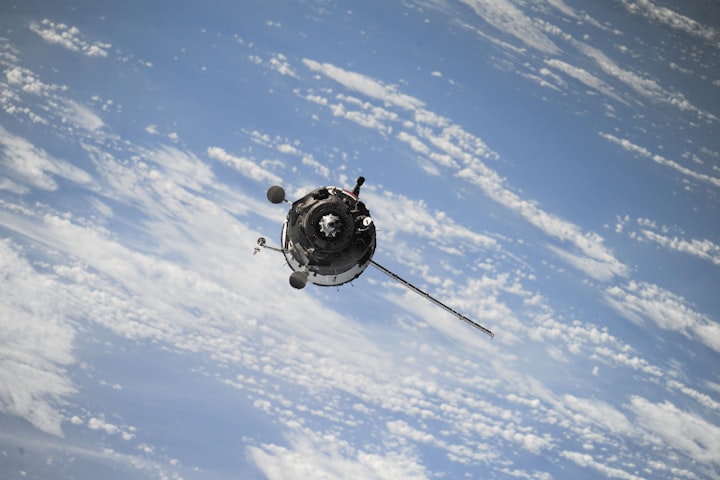Impact of "Space Debris"
Causes and their effects
Space debris, also known as orbital debris or space junk, refers to man-made objects that are no longer in use or functioning and are orbiting Earth. These objects can include old satellites, rocket stages, and fragments from explosions or collisions. The impact of space debris on satellite and spacecraft operations can be significant and can include:
Collision risks: Space debris can collide with operational satellites and spacecraft, causing damage or even complete destruction. The risk of collision increases as the amount of debris in orbit increases.
Interference with communication and navigation: Space debris can interfere with radio signals, causing disruptions in communication and navigation systems.
Increased costs: Preventing collisions and mitigating the effects of debris on satellite and spacecraft operations can be costly, including the cost of developing new technologies and the cost of launching replacement satellites.
Limited access to space: As the amount of debris in orbit increases, it may become more difficult and expensive to launch new satellites and spacecraft, limiting access to space for scientific, commercial, and military purposes.
Environmental concerns: The accumulation of space debris in orbit can contribute to the creation of a "debris belt" that could make it difficult to launch new missions and could pose a threat to other spacecraft and satellites.
Efforts are being made to mitigate the impact of space debris on satellite and spacecraft operations, including active debris removal, passive debris mitigation, and international regulations.
Remedies to mitigate the impact of space debris on satellite and spacecraft operations include:
Active Debris Removal (ADR): This involves using a spacecraft to physically remove debris from orbit. This can be done by using a robotic arm to capture debris or by using a net to capture debris. ADR is considered to be one of the most effective ways to remove debris, but it is also one of the most expensive and technically challenging.
Passive Debris Mitigation: This involves designing and operating spacecraft and launch systems in a way that reduces the amount of debris they generate. This can be done by designing spacecraft that can re-enter the atmosphere at the end of their mission, or by designing rocket stages that can deorbit themselves after separation.
International Regulations: There are several international agreements in place that aim to reduce the amount of debris in orbit. These agreements include guidelines for the design, operation, and disposal of spacecraft and launch systems, as well as guidelines for the sharing of information about debris and collision avoidance.
Space Surveillance and Tracking (SST) : This is the process of detecting, tracking and identifying objects in Earth orbit to support safety of flight and space situational awareness. It helps to track debris and predict potential collision, which can aid in collision avoidance.
Research and Development: Several research and development programs are currently underway to develop new technologies for debris removal, such as laser cleaning and electrodynamic tethers.
It is important to note that all these remedies are used in conjunction to mitigate the impact of space debris on satellite and spacecraft operations and keep them safe.
In conclusion, space debris, also known as orbital debris or space junk, refers to man-made objects that are no longer in use or functioning and are orbiting Earth. The impact of space debris on satellite and spacecraft operations can be significant and can include collision risks, interference with communication and navigation, increased costs, limited access to space and environmental concerns.
Efforts are being made to mitigate the impact of space debris on satellite and spacecraft operations, including active debris removal, passive debris mitigation, international regulations, space surveillance and tracking, and research and development.
Active debris removal is considered to be one of the most effective ways to remove debris, but it is also one of the most expensive and technically challenging. Passive debris mitigation involves designing and operating spacecraft and launch systems in a way that reduces the amount of debris they generate. International regulations aim to reduce the amount of debris in orbit by providing guidelines for the design, operation, and disposal of spacecraft and launch systems, as well as guidelines for the sharing of information about debris and collision avoidance. Space Surveillance and Tracking (SST) is the process of detecting, tracking and identifying objects in Earth orbit to support safety of flight and space situational awareness. Research and Development is ongoing to develop new technologies for debris removal, such as laser cleaning and electrodynamic tethers.
It is important to note that all these remedies should be used in conjunction to mitigate the impact of space debris on satellite and spacecraft operations and keep them safe. The problem of space debris is a global concern, and international cooperation is essential to address it effectively





Comments
4MECH702 Udhaya Kumar V is not accepting comments at the moment
Want to show your support? Send them a one-off tip.